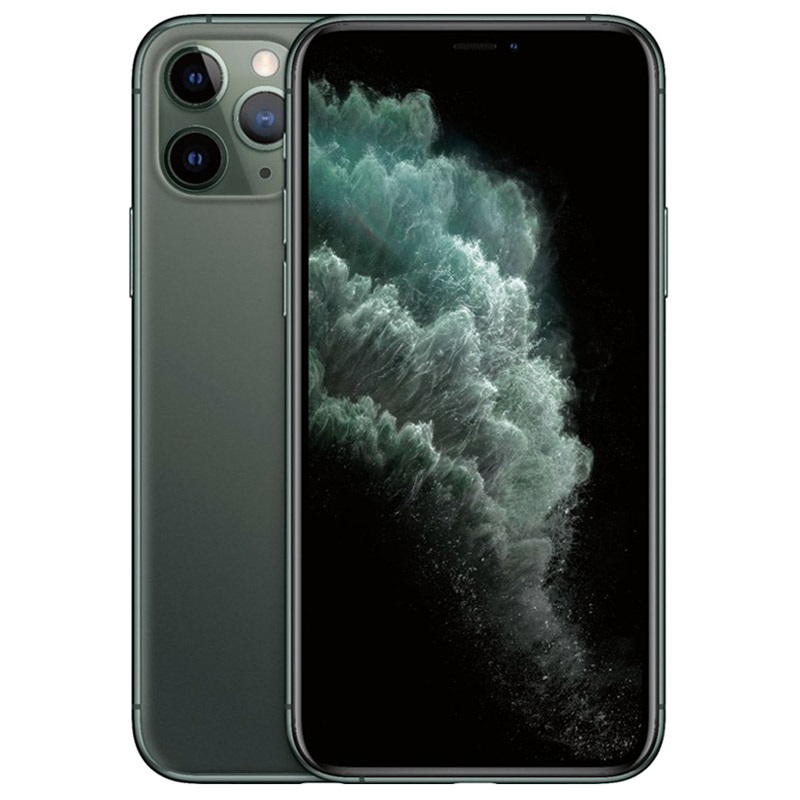

#IPHONE 11 PRO MAX ANDROID#
By way of comparison, Samsung’s Galaxy S21 5G – one of the fastest Android competitors – lags just under the 1,800 mark. It scored 2,144 in the 3D Mark Wild Life Extreme benchmark, almost matching the 2,175 we measured for the iPhone 12. This phone has plenty of power for gaming and other 3D intensive work. Its compute score of 7,621 placed it about 19% behind the iPhone 12 Pro Max, but still comfortably ahead of other competitors. In Geekbench 5, which focuses on general number-crunching, the iPhone 11 Pro Max got a 1,338 single-core score with a 3,452 multi-core result. The iPhone 11 Pro Max gets exactly the same chip as the stock iPhone 11, so it’s no surprise that their benchmark performance is very similar. Although it’s a couple of generations behind the A15 Bionic in the iPhone 13, it’s still remarkably competitive – even the fastest Android phones lag behind. The iPhone 11 family uses Apple’s own A13 Bionic chip. If you just want a great all-round phone camera, this will do nicely. If you’re shooting professionally, invest in a Pro level iPhone 13 if you can. Night mode is strong, particularly when using the rear camera, but it’s not as impressive as on the iPhone 12, or the brilliant iPhone 13 Pro.
#IPHONE 11 PRO MAX SOFTWARE#
The front-facing 12MP camera offers many of the same features, although it’s limited to software stabilisation, along with a maximum 120fps when shooting slo-mo.īoth cameras produce decent results – they’re more than good enough to capture selfies, group shots and decent landscapes.
#IPHONE 11 PRO MAX 1080P#
There’s support for 1080p HD and 4K video recording at up to 60 frames per second (fps), and HD slo-mo at up to 240fps. It offers a range of powerful and creative photo modes, including an impressive night mode, and multiple portrait modes. Otherwise, the iPhone 11 Pro Max has the same camera performance as the iPhone 11. Optical image stabilisation steadies the telephoto and wide lenses, helping reduce shake and blur. It’s easier to fill more of the frame with a portrait, or to capture more detail without approaching the subject. This extends the phone’s optical zoom range from 2X to 4X, and with digital help this stretches to a very handy 10X. While the iPhone 11 gets a 12-megapixel (MP) dual-camera setup at the rear, the iPhone 11 Pro Max improves on it with a third, telephoto lens. And while it’s waterproof to two metres for 30 minutes, newer iPhones are tested to three times that depth. It’s also worth noting that the screen glass isn’t as strong as the Ceramic Shield of newer phones – the iPhone 11 Pro Max definitely needs a case for added protection. While the design feels great to hold, it is too large for comfortable single-handed use. These are stainless steel on Pro level iPhones, and feel cool and smooth to the touch. The glass that protects it stretches towards the phone’s edge, where it tapers down towards the curved metal sides. Its 6.5” display works out around 14% larger than the iPhone 11’s 6.1.

The end result is that the Max model is just 7mm longer and 2mm wider than the model it’s meant to enlarge.Īt the same time, it does offer a bigger screen. While the iPhone 11 is larger than the iPhone 12 and iPhone 13, the iPhone 11 Pro Max is fractionally smaller than its newer equivalents. Put the two in your hand, though, and you’d barely notice one is a plus-sized version of the other. The iPhone 11 Pro Max features the same ‘bezel-free’ design seen in the iPhone 11.


 0 kommentar(er)
0 kommentar(er)
